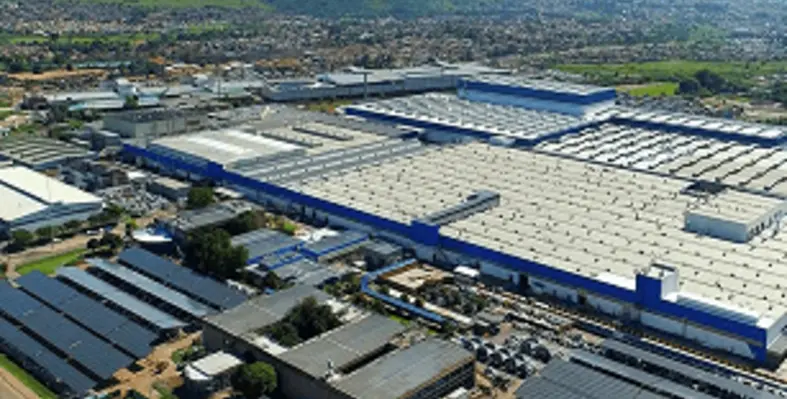Ford’s Silverton Assembly Plant in Pretoria is now sourcing 35% of its electricity completely emission-free, directly from the sun
This pioneering project is the result of a long-term power purchase agreement with SolarAfrica, with the installation of solar photovoltaic (PV) carports for 3,610 vehicles at the Silverton plant.
SolarAfrica’s innovative, large-scale solar array uses a total of 30,226 solar panels to generate 13.5MW of emissions-free electricity for the Silverton plant. This makes it one of the largest solar carports in the world, and a truly ground-breaking renewable energy project for the domestic automotive industry. It also supports Ford Motor Company’s ambitious global targets to use 100% carbon-free electricity across its manufacturing operations by 2035, and achieve carbon neutrality by 2050.
Ockert Berry, VP operations, Ford South Africa, said, “This project proudly puts the Silverton Assembly Plant on the map as part of Ford’s commitment to sustainability as we migrate our energy supply from fossil fuels to environmentally-friendly, renewable resources.”
“Through the long-term power purchase agreement with SolarAfrica, this project will also significantly reduce our energy costs, thus improving the efficiency and cost competitiveness of the plant. It is another big step forward in modernising our manufacturing operations as we build up to the highly anticipated launch of the must-have product that is the next-generation Ranger later this year."
Berry added, “Despite increasing our production capacity to 200,000 vehicles per year, the solar project delivers on our promise of reducing our impact on the environment and contributing to a cleaner, more sustainable future.”
The installation took 599 days and 35,000 man-hours to complete and supported 121 jobs amongst sub-contractors involved in the construction and installation. Approximately 59 tons of steel and 315 tons of aluminium were used for the locally manufactured solar carports.
More than 5,000 metres of medium and low-voltage cabling was used to connect the solar PV panels to 120 three-phase 100kW inverters and eight transformers, before being fed into the Silverton plant. The system is capable of producing 13.5MW of power – which is equivalent to powering almost 224,000 light bulbs, or 12,171 average households, for an entire year.
More significantly from an environmental perspective, the solar PV array will eliminate the equivalent of 20,072 tons of CO2 generated per annum, which is a major step towards achieving Ford’s carbon-free emissions targets by 2035.






